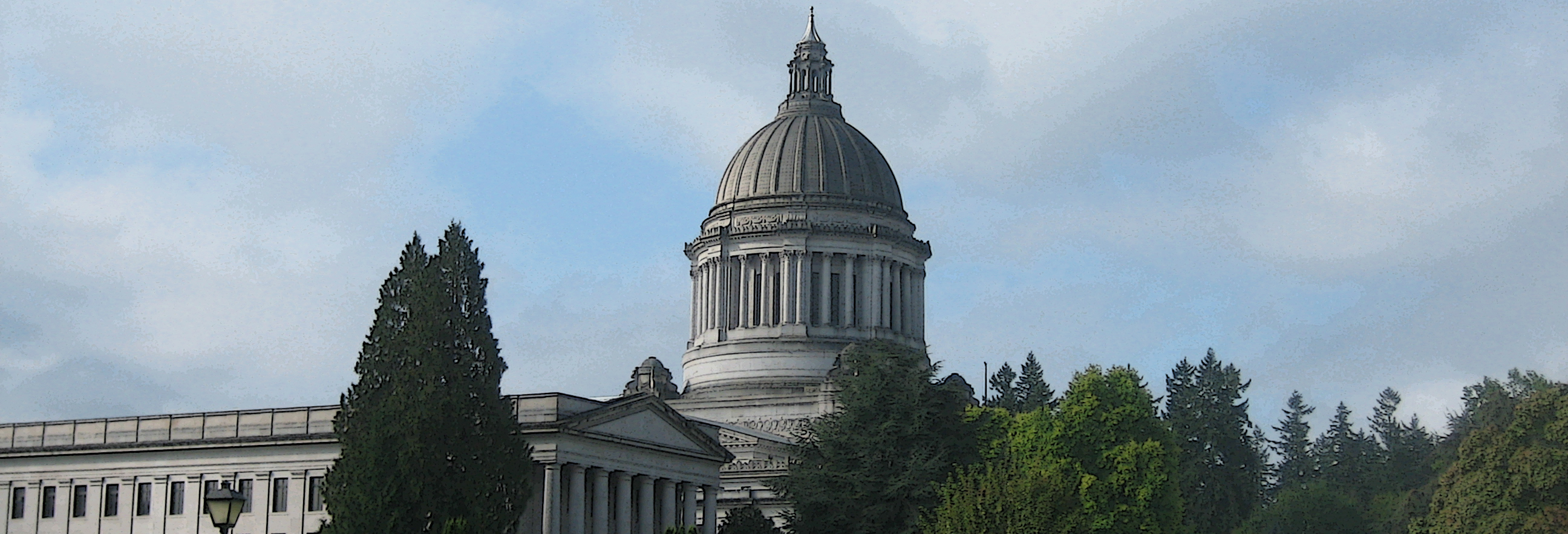Long-range transit planning is the “dreaming” part of transit planning. It is unrestricted by political and financial barriers. Long-range planning is a time for agency and advocates alike to put aside our perceptions of the next year, two, or three, and think big. Think well… long term.
Sound Transit is undergoing their update of their long-range plan. For more information visit this site.
The bulk of their summer outreach is over as is the official comment period on the draft environmental impact statement, but that does not mean that the opportunities to shape and comment on this plan are over. The draft environmental impact statement is the most updated document you should read if you want to get into the weeds on what Sound Transit is thinking for the future of transit in the Puget Sound.
Transportation Choices sent in a comment letter with our awesome partners including OneAmerica, Sierra Club, Feet First, Puget Sound Sage, Futurewise, Washington Bikes, and Cascade Bike Club. To read our 5 page letter click here. Our letter focused on a few main themes.
- We want to see high capacity transit expand in the future across the region. Riders and voters want more transit service delivered as quickly as possible. As a coalition we are united around ST3 authority for expanding Sound Transit’s system.
- Equity and transit oriented development (TOD) need to more central in Sound Transit’s planning. The siting decisions of new transit facilities must consider not only the short-term impacts but also the 100 year land use and social/racial equity implications.
- Sound Transit should continue to improve multimodal station access and infrastructure. New light rail stations should focus on getting people there by biking, walking and transit over single occupancy vehicles. Zoning and building compact, affordable and walkable communities around stations is a crucial piece of this puzzle, but so is prioritizing bike/ped/transit investments. We assert that ST should create a non-motorized access policy and dedicated funding to apply to all of its station construction projects.
- Building off of the success of theirrecent pilot program, Sound Transit needs to start charging for parking at its stations. At 16,000+/space building parking is an expensive proposition and this should be reflected in the user cost. This move will help manage the use of parking better to increase its efficiency while also encourage more multi-modal connecting trips.
- While balancing social and geographic equity, Sound Transit should build light rail, and BRT, in places with high ridership potential.
- Sound Transit should continue to work to better integrate service planning and the users’ experience with other regional transit agencies.
Last but not least, we couldn’t help stepping away from the broad policy discussion and diving into the weeds on comments on some specific projects that are listed in the DEIS. Nerd away and read our whole comment letter here. Let me know if you have any thoughts via email or the comments below and stay tuned on how you can engage to help shape this important process.





